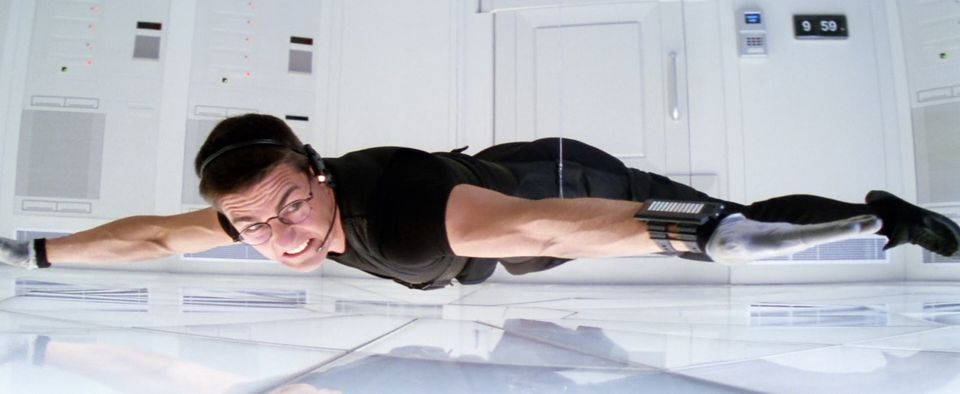So you’ve been put on a ‘challenging project’. Now what?

Tactics for self-care and self-preservation
A friend told me recently of an IT project that they’d been assigned to. They were unhappy with the strategy, but decided to stay with the project and do the best that they could.
Some might argue that in these sorts of situations, the best (and ethical) thing to do is quit. However, it’s not always that simple. Quitting a job is a financial privilege that not everyone has. Some industries, such as government, also expect staff to do work that might not align with their personal political beliefs. And sometimes, people really do believe that they have a shot at changing things from the inside.
So, if you’ve decided to stay around, what next? These were the tips that I gave to the friend based on my own experiences:
- make sure that you have safe spaces to talk candidly. The benefits of psychological safety are well documented, but they’re particularly important with challenging topics. A tough project is manageable with a good support network. Ideally this will be enabled through your team (good scrum cadences like retros can help in this) — this is particularly important if you have embargoed information—but if not, trusted colleagues and mentors can help.
- understand and try to make peace with the limits of what you have the power to change. That Serenity Prayer as used in Alcoholics Anonymous may induce eyerolls, (yep, that one about ‘grant me the serenity to accept the things I cannot change…’) but it is a reminder that there’s only so much any particular person can do. I’ve been on one team where we acknowledge that we couldn’t ‘build the right thing’ (influence policy as much as we’d have liked) but we did at least have the power to ‘build the thing right’. And we did!
- celebrate every success, no matter how little, as they might not have happened without you… Like George Bailey in the Frank Capra film It’s a Wonderful Life, it might be easy to feel like you won’t have done much. But you will have. Even being there and caring makes a difference.
- … but know (and share) your personal limits. There’s stuff out there in general about sharing person preferences (such as the excellent ‘a user manual for me’). However in challenging environments this goes up a level. What would be the trigger for you to start looking for another job? This could include something changing for the worse, be it senior stakeholders or your daily team). How long do you think you can last on this project before hitting burnout? What would make you need to take a mental health day? Being aware of these and sharing it with your support group will help you should you ever hit that point of it being too much. They may also be able to help with creative tactics if you don’t have options to quit, for example, getting extra training and side projects as a distraction.
- do all of the above for others. No one should be a martyr.
Since writing this I’ve been reminded of checklists for high stress units like hospitals and police stations that I’ve seen on the internet
Really like this poster shared-on face book. Do we have anything similar @QEGateshead @boysmum . What do you think @FionaVause could we adapt it together with our department for their thoughts. We have talked about end of day ideas for stress busting @jocoleman68 @KarenOB100 pic.twitter.com/PeLuoSxYnO
— Madeleine Lee. (@Mads_Lee01) December 1, 2019
Further reading:
- Edmondson, Amy C. The fearless organization : creating psychological safety in the workplace for learning, innovation, and growth. Hoboken, New Jersey: John Wiley & Sons, Inc, 2019. Print. A great book about psychological safety with case studies.
- Robinson, Cassie. ‘A user manual for me’. Medium, 2017.
Member discussion